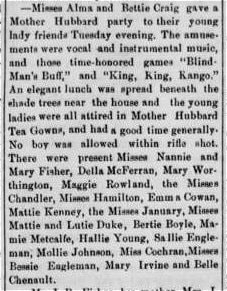 Mother Hubbard garments were NOT only worn as maternity wear, they were actually worn as fashion forward or artistic garments, or even just a comfortable gown for a hot sumnmer day. Newpaper article from Semi-weekly interior journal., July 20, 1883, Stanford,KY 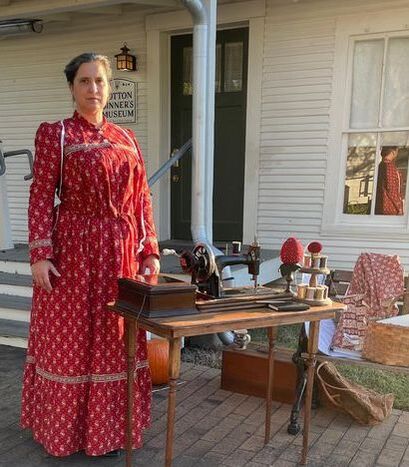 One of my favorite Mother Hubbard styles is the "Princess Back" Mother Hubbard which has a fitted back and a front yoke with gathered bottom. These are usually fitted with a inner lining or at least an inner tie to hold the back against the body while allowing the front to flow gracefully. Both the extant pieces shown here, as well as my reproduction have fitted half-linings (they are lined to about the hip level).Sometimes they will also have a tie sewn into the side seam. These appear mid 1880s and are seen through the 1890s. I recently released a front Mother Hubbard option as an add on for my Kay's Housekeeping dress pattern. 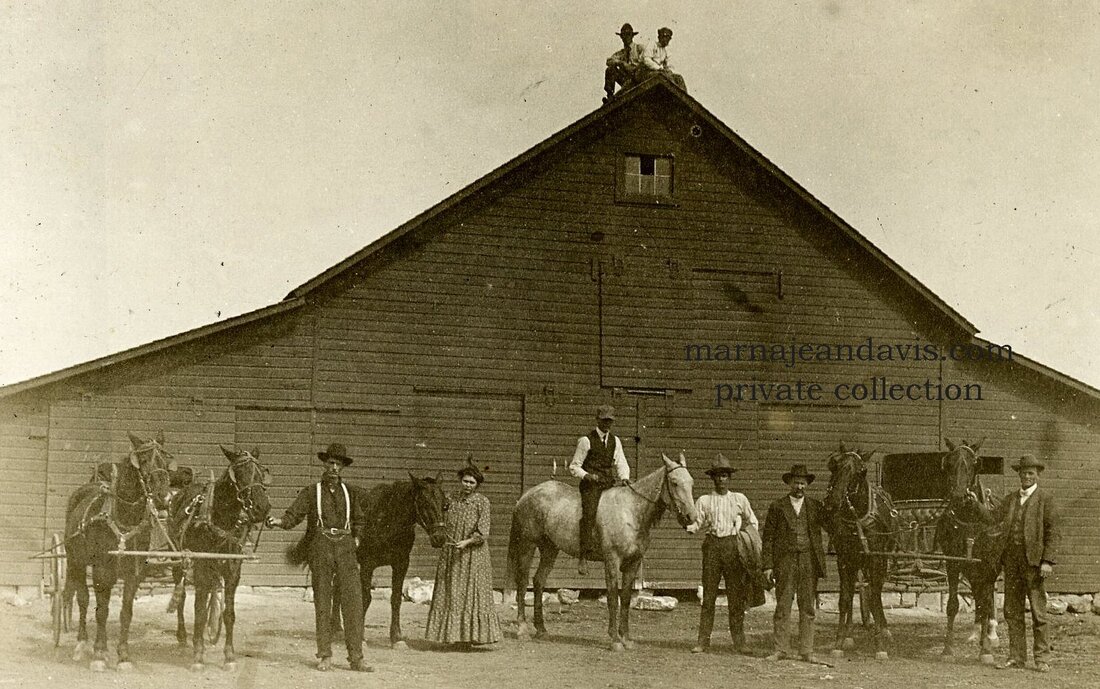 Marna Jean Davis Collection approx. 1900-1907 Marna Jean Davis Collection approx. 1900-1907 Horses do not appear to be scared of the Mother Hubbard dress And Finally, the most likely real reason men didn't like women wearing the Mother Hubbard style? The only time they had seen it before on the streets was on women of "questionable virtue" and they may have been getting themselves in trouble by accosting upright ladies. Despite the pushback, women found it a comfortable gown for summer wear, and it would grow increasingly popular from the 1883 through the early 1900s. They would NOT cave in to the objection of the men, and by the 1890's the increasing popularity of bicycles would make divided skirts and bloomer costumes the "new fad" to be horrified of and complained about.
5 Comments
|
AuthorPainfully obsessed clothing historian, Archives
January 2022
Categories
All
|
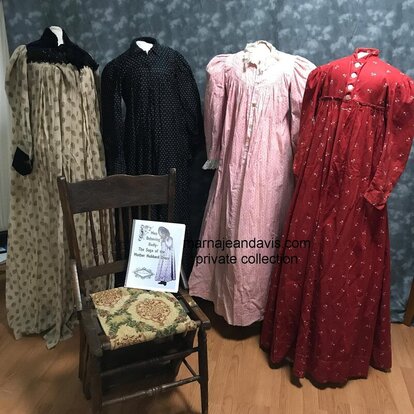
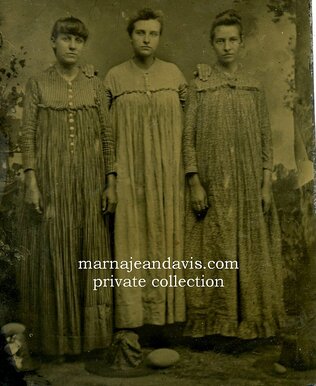
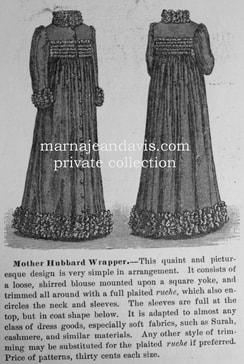
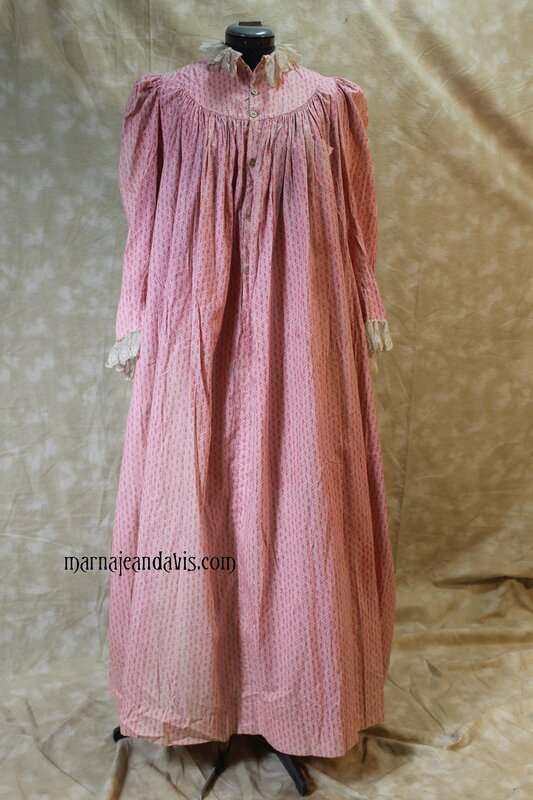
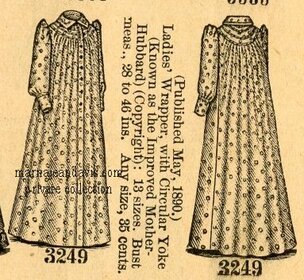
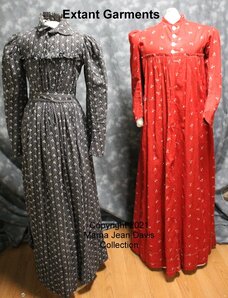
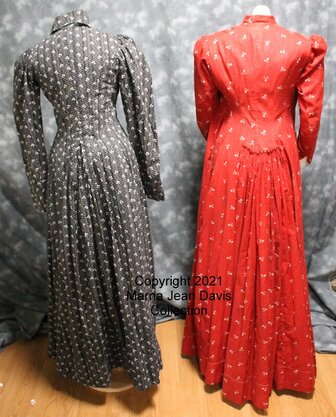
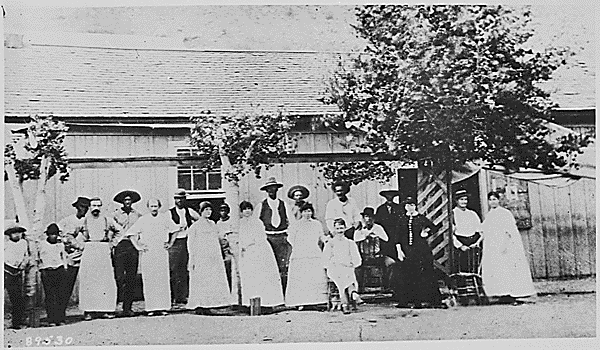
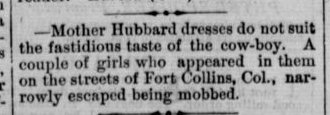
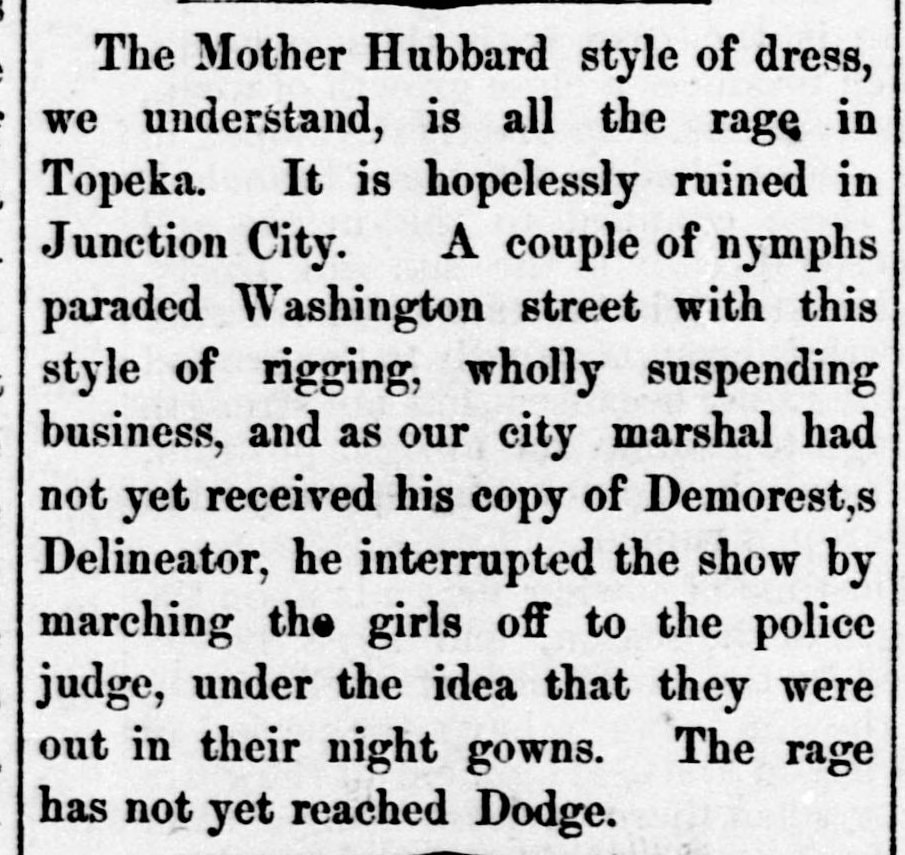
 RSS Feed
RSS Feed